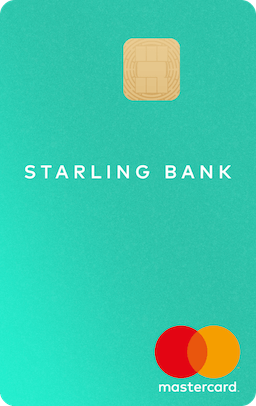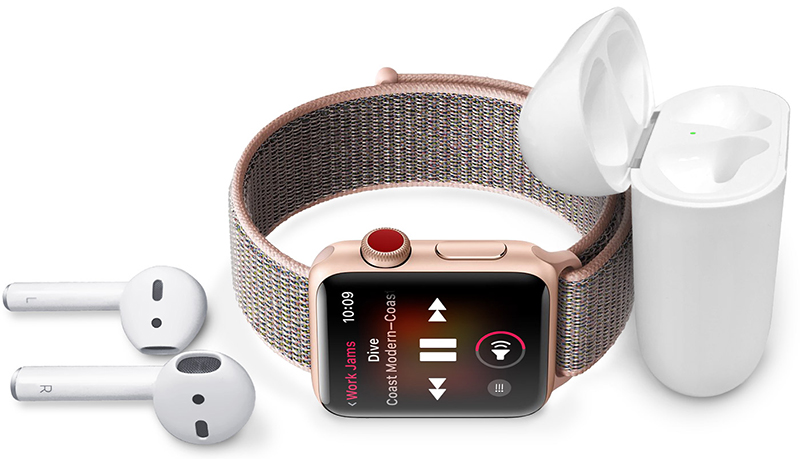Showcasing AR, New 3D Cameras Are Expected in New iPhones Slated for 2020
Elf
Apple Doubles Down on Cameras for New iPhones, Pushing Augmented Reality Experiences and Greater Depth Accuracy
Image via Apple
According to a report published by Bloomberg, Apple is set to launch new iPhones next year with powerful 3-D cameras to make access to augmented reality features more consumer-friendly. The 3-D camera is expected to be rear-facing and to scan the nearby environment, creating three-dimensional reconstructions of the real world for up to 15 feet away. This is a significant leap from current technology that is forward-facing, uses infrared technology and only extends as far as 25-50 centimeters (0.82-1.64 feet) away and is used primarily to power up Face ID facial recognition technology.
The new system employs a laser scanner, a new third camera, a more powerful chip and better photo capturing tools. Together, these new features will offer an enhanced augmented reality experience with greater depth perception and accurate placement of virtual objects within an environment. This new system would enable an iPhone user to overlay visuals and data onto a real view world using AR technology and is expected to have multiple applications from construction to manufacturing. In addition, Apple is expected to also create an AR headset (instead of the existing VR headsets you can purchase today from other companies).
The third camera allows for a larger field of view, a wider zoom range and greater pixel capture. Also, the company is testing out features to automatically repair photos and videos where some footage was accidentally cut off the initial shot, both for photography frames and for video footage (via its Live Photos Feature) up to six seconds, pinning video from before and after each shot.
Laser Time of Flight (ToF) Camera System Can Improve AR
A time-of-flight (ToF) camera system employs a laser to calculate the time that a laser needs to bounce off objects in a room and then uses the data to create an accurate 3D image of the surrounding area. This system offers more accurate depth perception and better placement of virtual objects than prior existing models. Sony may be Apple’s supplier for the new laser system as the two companies are conducting sensor tests. The first use of this new system may be announced via a new iPad in 2020 before the new iPhones are released.
Updated iPhone XS, iPhone XS Max and iPhone XR to have 3 Cameras in 2019
Apple is also expected to launch updated versions of the iPhone XS and iPhone XS Max, code-named D42 and D43, as well as an update to the iPhone XR. Theses iPhones are also expected to have three cameras on the back. Despite declining sales of the iPhone at the end of 2018 as consumers are upgrading less often, Apple’s new line of iPhones with specialized cameras could spark new growth. All three high-end iPhone models will also have upgraded Apple processors and updated Face ID sensors for unlocking the smartphones and approving payments. Other expected changes include accommodating plants for 5G networks in 2020.
Apple is also testing out iPhones with a USB-C connector instead of the Lightning port. The USB-C connector is in wide use today and Apple has used the Lightning Port since 2012. The testing indicates that Apple may be planning a switch to USB-C.
Updated iPads, Dark Mode via iOS 13 and CarPlay Improvements
Additional updates include a newer low-cost iPad with a fast processor, 10-inch screen this spring that keeps its Lightning port and a newer iPad mini, the smallest tablet device. Apple’s newest operating system iOS 13 has a new dark mode option for easier nighttime viewing. CarPlay, the company’s software for automobiles, has also seen an upgrade. The new software also offers multiple page browsing of apps similar to web browsers, a new home screen and better ways to manage files. Apple also intends to include a magazine subscription service and original video content via iOS updates this year as well.












